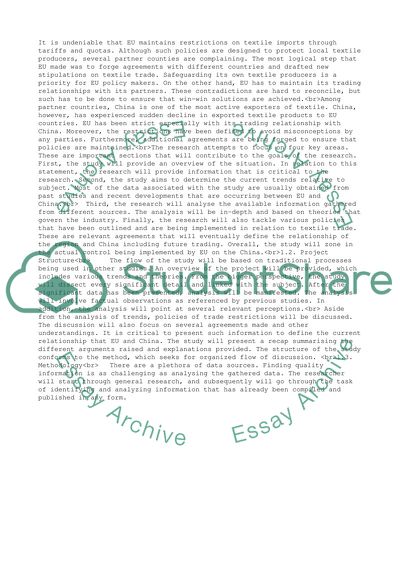Cite this document
(“Chinese Textile Industry Essay Example | Topics and Well Written Essays - 4000 words”, n.d.)
Chinese Textile Industry Essay Example | Topics and Well Written Essays - 4000 words. Retrieved from https://studentshare.org/business/1501668-chinese-textile-industry
Chinese Textile Industry Essay Example | Topics and Well Written Essays - 4000 words. Retrieved from https://studentshare.org/business/1501668-chinese-textile-industry
(Chinese Textile Industry Essay Example | Topics and Well Written Essays - 4000 Words)
Chinese Textile Industry Essay Example | Topics and Well Written Essays - 4000 Words. https://studentshare.org/business/1501668-chinese-textile-industry.
Chinese Textile Industry Essay Example | Topics and Well Written Essays - 4000 Words. https://studentshare.org/business/1501668-chinese-textile-industry.
“Chinese Textile Industry Essay Example | Topics and Well Written Essays - 4000 Words”, n.d. https://studentshare.org/business/1501668-chinese-textile-industry.


